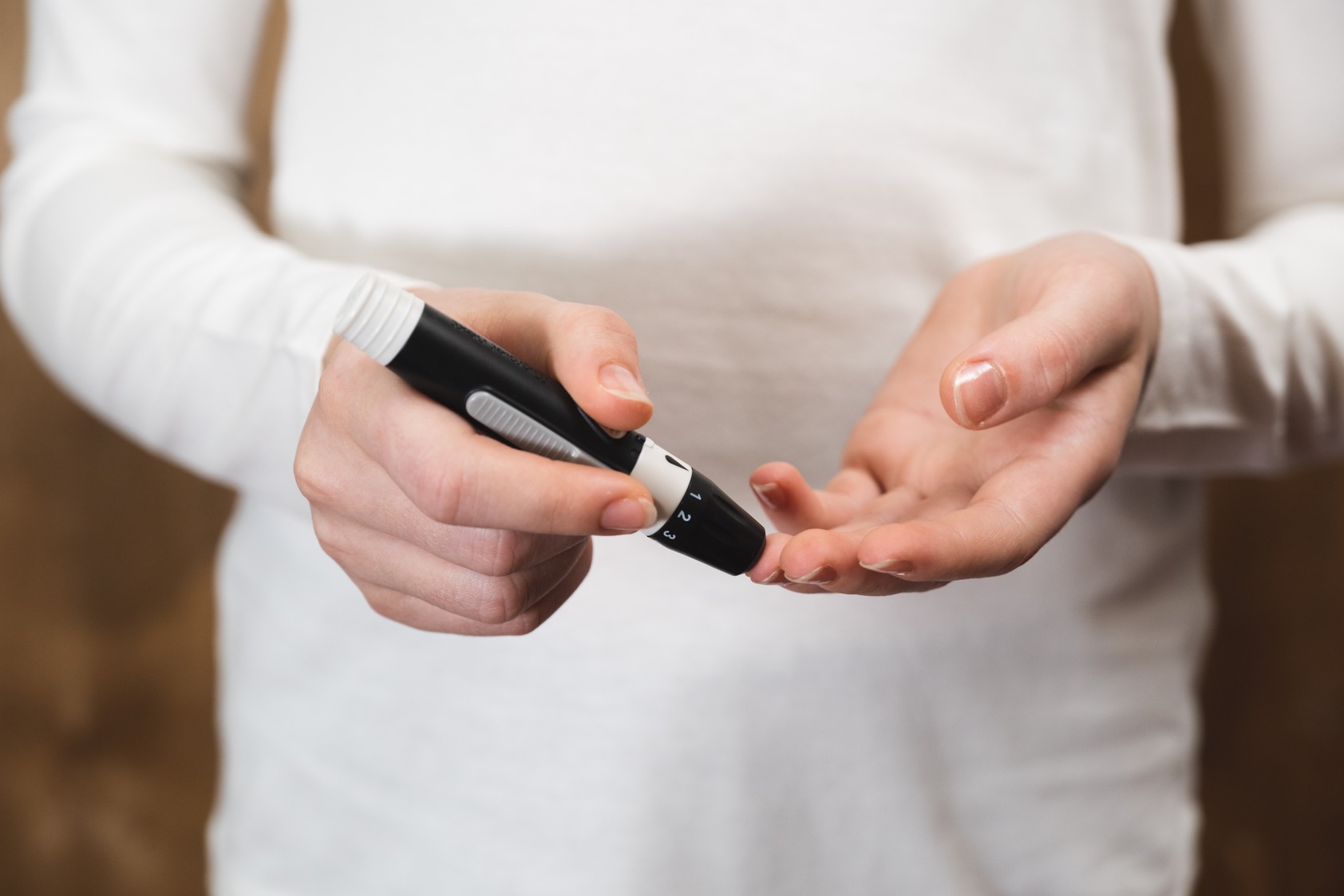Individuals with diabetes have many complications they must watch for. Diabetic macular edema, or DEM, for example, is often seen in patients suffering from diabetic retinopathy. When fluid accumulates in the central part of the retina, known as the macula, this condition develops. In fact, diabetes today is a leading cause of blindness in America, with DME being the most common cause of vision loss in people with this medical issue. Fortunately, steps can be taken to prevent DME and alleviate any symptoms if it does develop.
Diabetic Macular Edema Symptoms
A person might not know they have diabetic macular edema initially. This disease has no symptoms in the early stages. For this reason, any person who has been diagnosed with diabetes should see their eye doctor every year. This allows any vision loss to be detected early. What should a person look for between these visits that may suggest they have diabetic macular edema?
Blurry vision should always be investigated by an eye doctor. When colors appear washed out, this is cause for concern. Something is happening with the eyes, and the doctor needs to determine the underlying cause. If the number of floaters in the vision increase, make an appointment with the doctor, and do the same when double vision is noticed.
Fluctuating vision is another reason to make an appointment with an eye doctor. Any vision loss is serious, so make an appointment to be seen right away. Furthermore, dark or empty areas in the vision are not normal, so schedule an appointment with an eye doctor right away. These are signs of diabetic retinopathy, which is a precursor to DME.
Diabetic Macular Edema Types
When a doctor diagnoses a person with diabetic macular edema, they will determine which type the individual has. Both types lead to a thickening of the retina, and a doctor doesn’t diagnose a person with this condition until the thickening is at least one millimeter in diameter.
Non-central-involved DME is mild and doesn’t affect the macula’s central subfield zone. This central subfield zone is the one millimeter area around the center of the fovea, which is where vision is sharpest. Central-involved DME, in contrast, is severe. This type impacts the macula’s central subfield and leads to the progressive loss of vision.

What Causes Diabetic Macular Edema?
When a person’s blood sugar levels rise, the small blood vessels in the eye sustain damage. These vessels become blocked, cutting off the blood supply to the retina. When this happens, the eye tries to compensate by growing new blood vessels. Often, however, the new blood vessels fail to develop properly, and they are prone to leakage. This can bring about DME. In addition, a person with high cholesterol levels or high blood pressure often suffers from damage to these blood vessels.
Diagnosing DME
Several tests may be done before a person is diagnosed with diabetic macular edema. The following are a few of these tests.
Patients take a visual acuity test every time they visit the eye doctor. This is the test where a patient reads a chart filled with letters and numbers. The letters and numbers get smaller as the patient moves down the page. In most cases, the doctor tests the patient’s eyes individually. This lets them determine how well the patient sees at different distances.
The Amsler Grid test may also be carried out if the doctor suspects the patient suffers from diabetic macular edema. With this test, the patient will have a grid placed in front of them at normal reading distance. The patient then covers one eye and marks portions of the grid they cannot see clearly. They switch eyes and repeat the test.
The doctor may choose to dilate the eyes to look at the retina and see if there is any fluid buildup. At this time, they also look for blood vessels that are damaged or leaking, any fatty deposits on the retina, or swelling in this part of the eye.
A fluorescein angiography test lets the doctor see any damage to the macula. To conduct this test, the doctor injects a dye into the arm. This dye moves through the blood vessels of the body until it reaches the eye. It takes very little time for the dye to do so. A camera is then used to take pictures of the retina so the doctor can see any blood vessels that are damaged or leaking. They also look for other signs of damage or disease.
Treating Diabetic Macular Edema
Doctors have several options when it comes to treating DME. Regular injections of certain drugs help stop the blood vessels from leaking while slowing the growth of new vessels. The doctor may use Avastin, Lucentis, Eylea, Iluvien, or Macugen when treating DME with injections. Many patients find success with this treatment and state it improves their vision. These injections are safe and have a low risk of complications.
Laser photocoagulation is another option. With the help of a tiny laser, the doctor seals any blood vessels that are leaking in the eyes, and several treatments may be needed to bring the problem under control. This procedure helps to stop the further loss of vision.
Steroid injections may benefit some patients. These injections reduce swelling of the retina, helping to improve the patient’s vision. They are often used when other injections are providing the desired results but involve an increased risk of cataract development.
Certain patients need to undergo a surgical procedure known as a vitrectomy. Doctors use this procedure when a person is bleeding from a cause other than macular edema. When the doctor performs this procedure, they remove any fluid that is interfering with normal vision and replace this fluid with a clear solution.
Anyone who has been diagnosed with diabetes should see their eye doctor yearly. If problems arise between visits, it’s best to make an appointment right away, as early treatment can slow the progression of many eye diseases. However, the best way to prevent DME is to follow all instructions provided by the medical team and bring blood sugar levels under control. Individuals who do so find they have less to worry about when it comes to diabetic macular edema.











